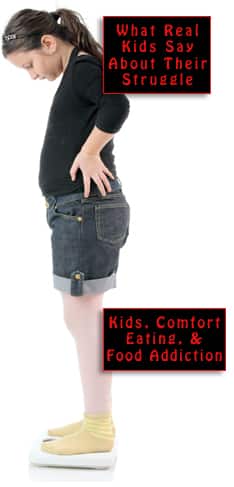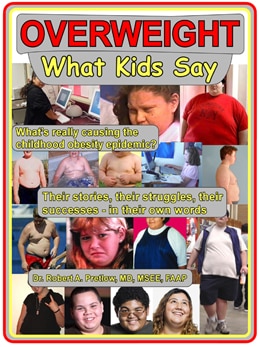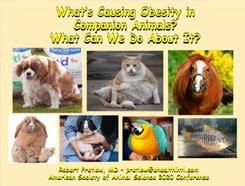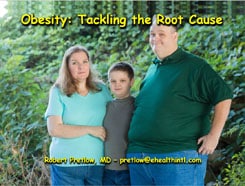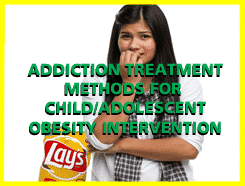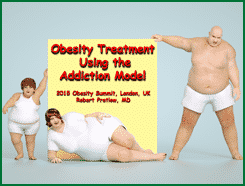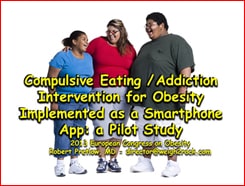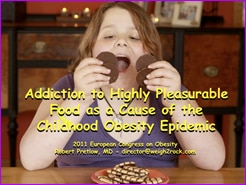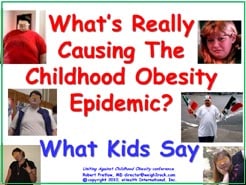Coronavirus Chronicles — Behavior and Consequences

How do we know about the experiences of boots-on-the-ground medical personnel? Through social media, we hear from doctors, nurses, and others in the healing profession, as well as medical-adjacent workers like receptionists, and the picture is not pretty.
Even civilians remark on the circumstances they find, like the Twitter user who, at a time when the state of Florida had 25,000 new COVID-19 cases, went to a grocery store in Vero Beach and was the only masked person in the whole place. A Texan user of social media remarked that although LBJ hospital had set up big tents to house COVID patients who would not fit in the building, the institution lacked enough staff to make the extra space usable.
A staff member in a Hawaii hospital wrote that the state was almost out of oxygen, and that any patient needing an ICU bed would face a five-hour flight to the nearest available one. A Nebraska doctor called 23 hospitals in search of a COVID ICU bed. In August, Dr. Ashish K. Jha summed it up:
As hospitals fill, quality of care suffers. From overworked staff, low supplies, leading to rising mortality for those with COVID, and those who need non-COVID hospital care.
At one point, Dr. Sam Ghali wrote, “We are officially back to getting crushed by COVID-19.” Ambulances encircle hospitals, waiting for someone to be discharged (or die) and free up one bed. A mid-October situation in the U.K. was described in The Guardian:
Paramedics across Britain have reported queues of up to 20 ambulances waiting outside hospitals to transfer patients into emergency departments operating at full capacity… A patient died last Monday after suffering a suspected heart attack in the back of an ambulance which had been queueing for more than two hours.
The Guardian‘s article writer, Jon Ungoed-Thomas, noted that six-hour waits are not unusual, and mentioned an extreme case in the West Midlands where the handover delay was 11 hours, 46 minutes.
Burnout is at conflagration level
When intensive care units are full of virus patients, it means that someone who falls from a roof or severs an artery has nowhere to go. A potentially fixable ailment, like brain aneurism, becomes fatal with delay.
Via Twitter, various doctors pitched in to explain the intricacies of the sorting, priority-deciding process known as triage. Say, a person has a fast-spreading pancreatic cancer that needs surgical removal. It will not kill him today, so it is not technically an emergency. However, waiting a few days can allow enough tumor growth to take away his last chance. Unfortunately, the ICU bed he needs is occupied by a COVID patient with respiratory collapse. The COVID patient may or may not survive; the cancer patient is now definitely doomed.
A registered nurse who works in an emergency room spoke of arriving for the night shift to the sound of 17 different bereaved families crying because someone had died of an allegedly fake disease. Another mentions riding in elevators with deceased patients who are being transported to the morgue trucks behind the hospital. In mid-August, a Nashville health worker wrote that the hospital was out of vapotherms, out of oxygen regulators, out of nurses, and in trouble.
Another nurse described work as an endless round of being scared, before every shift, of what level of hell they would be walking into this time. Another says nurses are leaving “in droves.” An ICU nurse reports that “everyone is quitting.” And without enough nurses, it does not matter how many beds or how much hardware a hospital may have.
Your responses and feedback are welcome!
Source: Ashish K. Jha, MD, MPH, Twitter
Source: Sam Ghali, M.D., Twitter.com
Source: “A&E crisis leaves patients waiting in ambulances outside hospitals for 11 hours,” TheGuardian.com, 10/16/21
Image by Marco Verch Professional/CC BY 2.0










 FAQs and Media Requests:
FAQs and Media Requests: 